 Last night in Tokyo:
Last night in Tokyo:-went to Shibuya
-had an awesome dinner
-drinks at a local bar with an open mic
-karaoke till 4 in the morning
Fun times!!! :)

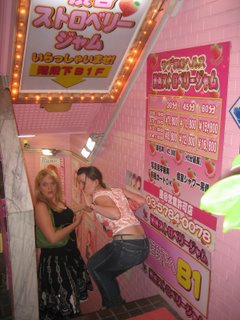
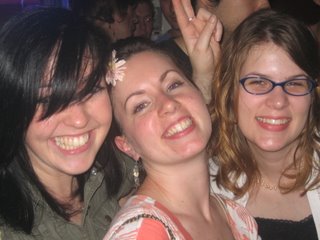

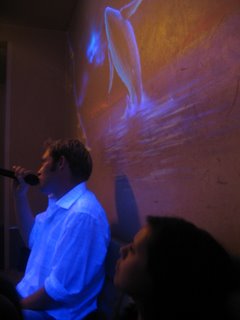

 I took these pictures amost one year ago and in about less than a month and in only 6 more visits I'll be saying "Good-bye!"
I took these pictures amost one year ago and in about less than a month and in only 6 more visits I'll be saying "Good-bye!"  I know tons of ALTs have done this in the past and it's all part of the job. I'm just gonna really miss my students and the trust I've established with them. Why do I feel like I'm just REALLY understanding and TRULY clicking with them now when I have such a limited time left?
I know tons of ALTs have done this in the past and it's all part of the job. I'm just gonna really miss my students and the trust I've established with them. Why do I feel like I'm just REALLY understanding and TRULY clicking with them now when I have such a limited time left? Getting ready at Sakura Hotel in Tokyo.
Getting ready at Sakura Hotel in Tokyo.


 The Yasukuni Shrine is a Shinto shrine located in Tokyo that commemorates Japan's war dead. The shrine was founded in 1869 as Tokyo Shokonsha, and was renamed Yasukuni Shrine in 1879. It was build in order to commemorate and worship those who have died in war for their country and sacrificed their lives to help build the fundament for a peaceful Japan (the meaning of Yasukuni is "peaceful country").
The Yasukuni Shrine is a Shinto shrine located in Tokyo that commemorates Japan's war dead. The shrine was founded in 1869 as Tokyo Shokonsha, and was renamed Yasukuni Shrine in 1879. It was build in order to commemorate and worship those who have died in war for their country and sacrificed their lives to help build the fundament for a peaceful Japan (the meaning of Yasukuni is "peaceful country").  The deities of about 2.5 million people who died for Japan in the conflicts accompanying the Meiji Restoration, the Satsuma Rebellion and similar domestic conflicts, the First Sino-Japanese War, the Russo-Japanese War, the First World War, the Manchurian Incident, the Second Sino-Japanese War and the Pacific War are enshrined at Yasukuni Shrine in form of written records, which note name, origin and date and place of death of everyone enshrined.
The deities of about 2.5 million people who died for Japan in the conflicts accompanying the Meiji Restoration, the Satsuma Rebellion and similar domestic conflicts, the First Sino-Japanese War, the Russo-Japanese War, the First World War, the Manchurian Incident, the Second Sino-Japanese War and the Pacific War are enshrined at Yasukuni Shrine in form of written records, which note name, origin and date and place of death of everyone enshrined. 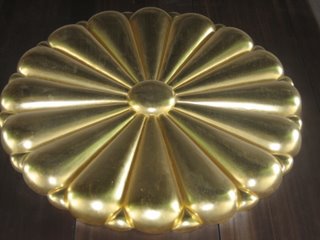 A big political controversy surrounds the Yasukuni Shrine because since 1978, fourteen class A war criminals are among the 2.5 million people enshrined at Yasukuni. Furthermore, the visits by several Japanese prime ministers to the shrine since 1975 have been causing concerns regarding a violation of the principle of separation of church and state.
A big political controversy surrounds the Yasukuni Shrine because since 1978, fourteen class A war criminals are among the 2.5 million people enshrined at Yasukuni. Furthermore, the visits by several Japanese prime ministers to the shrine since 1975 have been causing concerns regarding a violation of the principle of separation of church and state.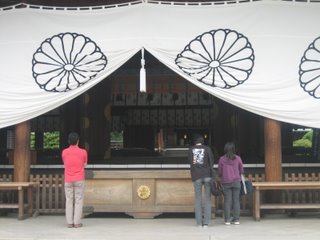 Attempts to remove the war criminals from the Yasukuni Shrine have failed due to the shrine's refusal. Other discussions to solve the problem center around plans to create a currently non-existent alternative to the Yasukuni Shrine for commemorating and worshipping Japan's war dead.
Attempts to remove the war criminals from the Yasukuni Shrine have failed due to the shrine's refusal. Other discussions to solve the problem center around plans to create a currently non-existent alternative to the Yasukuni Shrine for commemorating and worshipping Japan's war dead.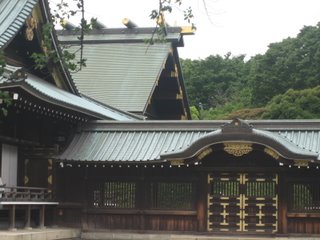
 The Yushukan, a museum commemorating Japan's wars is located just next to the shrine's main buildings.
The Yushukan, a museum commemorating Japan's wars is located just next to the shrine's main buildings.


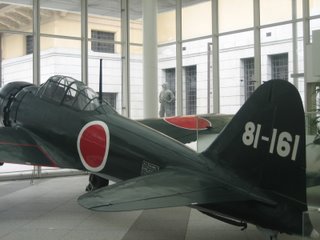
 GREEN STAGE
GREEN STAGE FIELD OF HEAVEN
FIELD OF HEAVEN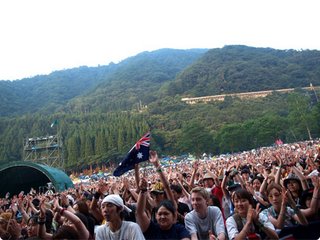 GREEN STAGE
GREEN STAGE 場内・河原
場内・河原 THE PALACE OF WONDER・vegasinMILK
THE PALACE OF WONDER・vegasinMILK
 MOON CARAVAN
MOON CARAVAN WORLD RESTAURANT
WORLD RESTAURANT GREEN STAGE
GREEN STAGE

 It is said that "Uogashi" or a riverside fish market dates back to the 16th century, the beginning of the Edo period. Tokugawa Ieyasu, the first Tokugawa shogun and builder of Edo as is now Tokyo, invited fishermen from Tsukudajima, Osaka and gave them a privilege for fishing in order to let them supply seafood to Edo Castle. The fishermen purveyed fish to the Castle and sold the remains near the Nihonbashi bridge. It was the origin of Uogashi.
It is said that "Uogashi" or a riverside fish market dates back to the 16th century, the beginning of the Edo period. Tokugawa Ieyasu, the first Tokugawa shogun and builder of Edo as is now Tokyo, invited fishermen from Tsukudajima, Osaka and gave them a privilege for fishing in order to let them supply seafood to Edo Castle. The fishermen purveyed fish to the Castle and sold the remains near the Nihonbashi bridge. It was the origin of Uogashi.  Then, to meet the growing demand for fish with the increase in population, Nihonbashi Uogashi was reformed and developed into a market. The market was lead by wholesale merchants licensed by the Shogunate who bought fish from local ports, sold them to jobbers in the market and thus built up a large fortune, forming their own distributing network. Vegetables markets handling vegetables gathered in the suburbs of Edo were established in Kanda, Senju and Komagome: the Edo's three big vegetable markets.
Then, to meet the growing demand for fish with the increase in population, Nihonbashi Uogashi was reformed and developed into a market. The market was lead by wholesale merchants licensed by the Shogunate who bought fish from local ports, sold them to jobbers in the market and thus built up a large fortune, forming their own distributing network. Vegetables markets handling vegetables gathered in the suburbs of Edo were established in Kanda, Senju and Komagome: the Edo's three big vegetable markets.  The markets attained prosperity led by wholesalers and jobbers like fish markets. During the Edo period the market price was determined chiefly by negotiated transactions between sellers and buyers. Public auction was hardly taken place except in vegetable markets. In the Meiji and Taisho eras, the privilege of wholesale merchants were abolished.
The markets attained prosperity led by wholesalers and jobbers like fish markets. During the Edo period the market price was determined chiefly by negotiated transactions between sellers and buyers. Public auction was hardly taken place except in vegetable markets. In the Meiji and Taisho eras, the privilege of wholesale merchants were abolished. 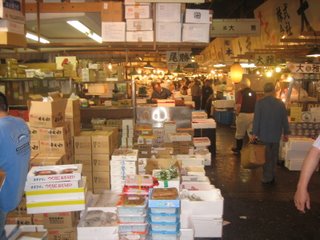 In 1923 some 20 private markets in Tokyo were destroyed almost completely by the Great Kanto Earthquake. After the earthquake, Tokyo City as it then was undertook to construct a central wholesale market on the bases of the Central Wholesale Market Law which had been promulgated in the same year. As a result, the three markets of Tsukiji, Kanda and Koto were founded and the growing population then led to a succession of new markets.
In 1923 some 20 private markets in Tokyo were destroyed almost completely by the Great Kanto Earthquake. After the earthquake, Tokyo City as it then was undertook to construct a central wholesale market on the bases of the Central Wholesale Market Law which had been promulgated in the same year. As a result, the three markets of Tsukiji, Kanda and Koto were founded and the growing population then led to a succession of new markets.








 The "Japanese Etiquette" Gang!
The "Japanese Etiquette" Gang! I wanted a "Serious looking/Japanese office" picture, but the guys kept grinning! Thanks!!!
I wanted a "Serious looking/Japanese office" picture, but the guys kept grinning! Thanks!!! Trying to look busy!
Trying to look busy! Brindley and Steph "working" on our Japanese Etiquette outline due before we left.
Brindley and Steph "working" on our Japanese Etiquette outline due before we left.